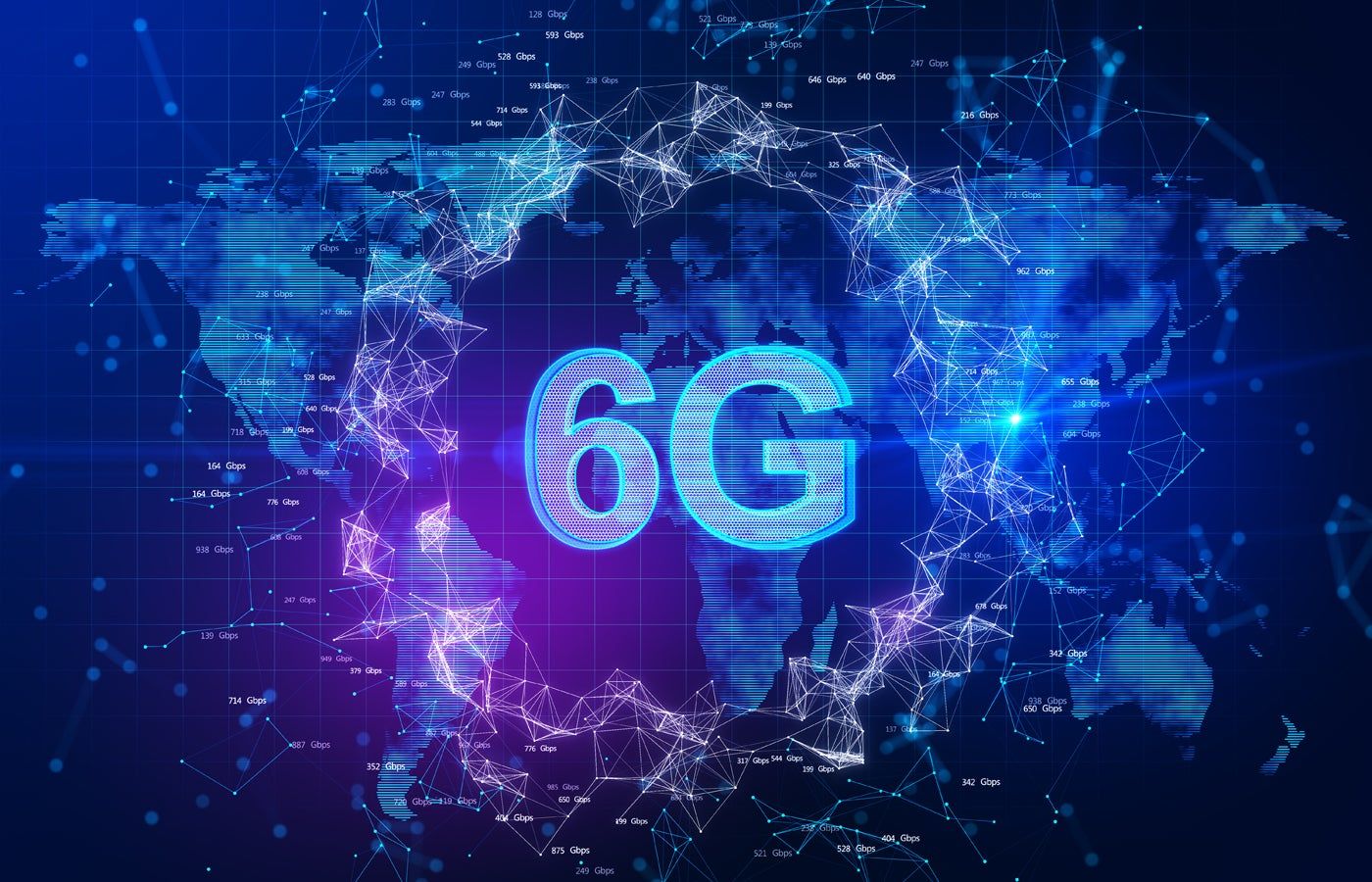New research shows that the APAC region is poised to set the pace for the next wave of mobile technology.
The Global Mobile Suppliers Association has predicted that APAC will lead the global rollout of 6G mobile networks over the next decade, as telecoms operators in the region innovate and outpace some of their more conservative counterparts elsewhere in the world.
However, the popularity of 5G technology remains high. GSA, which monitors more than 2,500 operators worldwide, also indicated in a recent webinar that several 5G technology launches are expected to occur in the short to medium term, with many more companies in the APAC region projected to see commercial deployments of 5G technology in the longer term.
APAC's 'innovative and aggressive' operators will be global leaders in 6G
GSA research suggests that global 6G rollout will occur in 2030, with some potential earlier launches in 2029. Ian Fogg, technology industry analyst at CCS Insight, said in the webinar that APAC operators are expected to lead the world in 6G network rollouts.
“I think one of the interesting dynamics is that European operators are being very cautious about investing in new technologies and the monetary return,” he said. “In APAC, we see much more innovative and aggressive operators. So we are likely to see some of these early 6G launches in the APAC region.”
SEE: Possible use cases for 6G
While he said the technology is still several years away from launch, Fogg mentioned that the current discussion about spectrum for 6G is focused on the 7 GHz to 15 GHz range worldwide.
He believes that “the idea is that the 7 GHz band will be a key focus for the 6G era.”
APAC experiences strong deployment of 5G technologies
According to GSA data, the number of 5G networks in the APAC region is expected to continue to increase in the coming years. This trend reflects a global acceleration in 5G adoption and investment by mobile network operators, with the GSA observing a significant increase in launches since late 2020.
GSA data on APAC 5G also indicates:
- 92 operators in 27 countries are investing in 5G fixed or mobile wireless access networks, representing the majority of countries and territories in APAC.
- So far, 47 operators in 17 countries have launched the technology.
- Seven operators in seven countries are currently in the process of deploying 5G technology, pointing to an increase in launches in the short to medium term.
- 13 operators in eight countries are in the planning phase for 5G deployments.
- APAC accounts for 14% of operators investing and launching 5G networks globally.
SEE: The differences between 5G and 6G
GSA researcher Jordan Cox told the GSA webinar that with ongoing and planned 5G deployments by operators, this could “result in the long term in the majority of the Asia-Pacific region seeing commercialized 5G networks.”
APAC declared a standalone 5G 'hotspot'
The APAC region accounts for a “particularly strong” 27% of global investments in standalone 5G networks.
Standalone 5G is considered a “next step” in 5G technology because it does not rely on a core network and has potential benefits such as increased reliability, lower latency, improved coverage, stronger indoor signals, and advanced security software.
However, its adoption has been slower. The GSA suggests that this may be due to comparatively slower upload and download speeds compared to non-standalone 5G technology.
According to GSA data, in APAC:
- Forty operators in 14 countries are investing in standalone 5G and 22 operators in nine countries have launched the technology; these include China’s three largest operators (China Mobile, China Telecom and China Unicom), as well as Globe Telecom in the Philippines and Australia’s Telstra.
- Currently, 10 operators in eight countries are trialling the technology, including Cellcard in Cambodia and Spark in New Zealand.
APAC operators talk about 5G-Advanced networks
Some operators in the region are already talking about 5G-Advanced or 5.5G launches, including timelines and packages they might offer, particularly operators in China. Operators with standalone 5G networks are expected to quickly launch 5G-Advanced offerings.
“Current flagship smartphones on the market use Snapdragon 8 Gen 3 [Mobile Platform]“The Qualcomm chipset arrived in smartphones late last year, so those products have hardware that supports 5G-Advanced,” Fogg noted. “So once carriers start rolling out 5G-Advanced, we should see reasonably rapid adoption among recent flagship smartphone purchases.”
Additional trends in APAC communications networks
The APAC telecom market is seeing LTE launches slow amid 5G growth, private network expansion, and low levels of 5G RedCap and millimeter wave activity.
LTE in decline, 5G on the rise
According to GSA data, only six APAC operators are deploying LTE networks, typically associated with 4G, while 12 have planned launches. A total of 116 APAC operators have already launched LTE technologies, and 2015 has been the peak year for LTE globally.
“This shows that in Asia-Pacific, as in other regions such as North America, Western Europe and even Latin America, the LTE market has peaked and the shift to 5G is currently underway,” Cox said.
GSA said several market factors support this trend, including higher levels of consumer 5G devices and subscribers, as well as reduced operating costs and increased efficiencies of 5G networks for operators.
Private network deployments led by the manufacturing sector
The APAC region accounts for 22% of global enterprise private networks. The GSA database contains 314 unique customer references for the region, primarily located in Australia, China, and Japan. There are fewer private networks located in South Korea, India, and Thailand.
The dominant sectors for private networks were:
- Manufacturing, due to the large manufacturing sectors in China, Japan and India.
- Mining, due to Australia's large mining sector.
- Device testing and laboratory service.
Low levels of 5G RedCap activity are recorded in APAC
Only five operators in APAC are investing in 5G RedCap, a more recent addition to 5G standards. These include:
- Two launches in China.
- Two RedCap networks currently in testing phase in Thailand and Singapore.
- Telkomsel plans to launch RedCap in Indonesia.
Early use cases include the use of RedCap equipment in consumer premises, allowing operators to access 5G bands at a more cost-effective price as they transition from LTE networks. GSA expects other 5G RedCap capabilities to come into play once 5G-Advanced is deployed.
As 5G grows, more network disconnections are expected
The GSA concluded by saying that “great progress” was being made in moving away from traditional 2G and 3G networks in favour of newer, more efficient LTE and 5G networks. As of July 2024, APAC has seen 24 operators in 14 countries complete switch-off activity, including 2degrees in New Zealand and KDDI in Japan.
“As more consumers move away from traditional devices in Asia-Pacific and operators continue to upgrade their networks, we can expect to see increased blackout activity in the region over the next two to five years,” Cox said.












